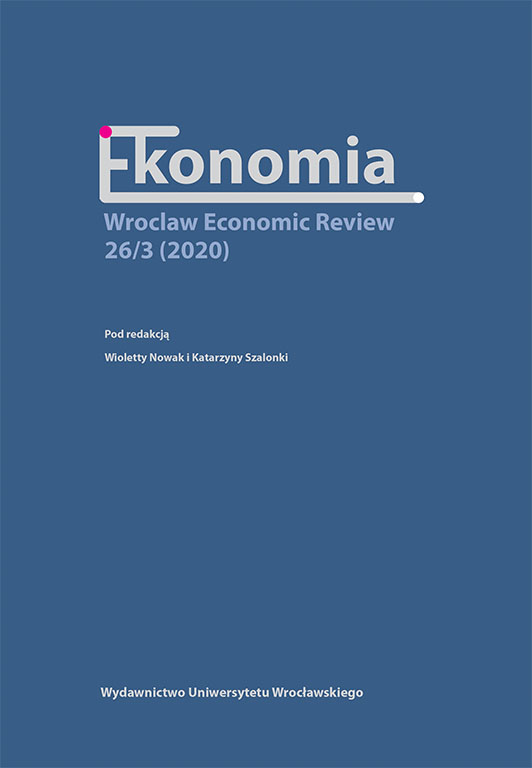

Artykuły

The range of various options for the development of the suburban territory in the area of agglomeration is extremely wide. It covers both traditional forms of inclusion of suburban space in the city’s sphere of life, as well as new ways of interaction between the city and the suburbs. In this paper, we consider a specific form of spatial organisation — suburbia and its impact on the quality of life and, as a result, on the life expectancy of the population.
The purpose of the article is to study the modem process of suburbanisation, as a phenomenon and its impact on increasing the life expectancy of the population, analyse the conceptual apparatus in the concept of lifestyle, and consider a complex of problematic issues of the urban environment that pose a risk to public health. We research the positive and negative effects of suburbanisation and identify the main factors influencing the suburbanisation process.
To solve the problems, the following methods were used: analysis, synthesis, systematisation, comparison, rating.
It is shown that the management of the processes of the formation of human habitat is now the most important, and perhaps the main task, without the solution of which it is impossible to effectively ensure optimal conditions for a person.